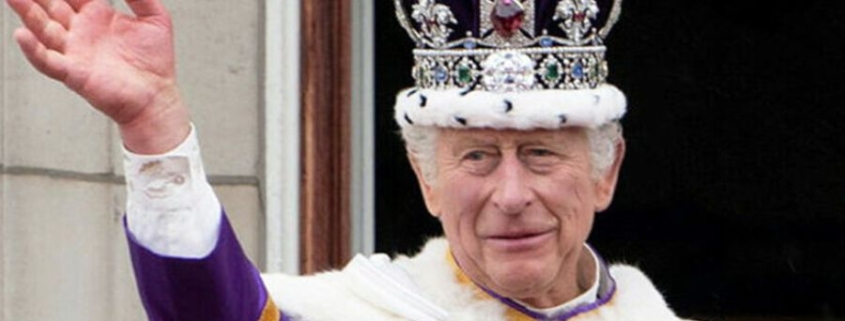How King Charles III’s Coronation Broke Royal Tradition
The coronation of King Charles III on May 6th, 2023 marked a significant departure from the grand, traditional ceremonies of the past. While the core rituals remained, Charles’ crowning showcased a more modern, streamlined approach compared to his mother Queen Elizabeth II’s lavish event 70 years ago.
Shorter, Simpler Ceremony
One of the most notable differences was the duration and scale of the coronation. Charles’ service was around 2 hours long, much shorter than the nearly 3 hour ceremony for Elizabeth.
The coronation procession was also significantly reduced, taking just 40 minutes compared to Elizabeth’s 5 hour procession.
This streamlining extended to the guest list as well. Approximately 2,000 people attended Charles’ coronation, a far cry from the over 8,000 guests at Elizabeth’s.
The reduced congregation size meant no additional seating had to be constructed in Westminster Abbey.
Inclusion of Queen Consort Camilla
Another key difference was the formal crowning of Camilla, the Queen Consort, alongside King Charles.
This was a break from tradition, as Prince Philip was never crowned during Elizabeth’s reign.
Camilla’s coronation ceremony was also simpler, with her using Queen Mary’s crown rather than the more famous Queen Elizabeth’s crown, likely to avoid controversy around the Koh-i-Noor diamond.1
Modernized Rituals
Charles’ coronation also featured some modernized elements, such as a nod to non-Christian religions in the oath, and the replacement of the traditional “Homage of Peers” with a voluntary “Homage of the People” where viewers could pledge allegiance.
Additionally, Charles wore his military uniform under the ceremonial robes, rather than a special coronation outfit like Elizabeth.
This was seen as a more practical and relatable choice.
Increased Diversity
One of the most significant breaks from tradition was Charles’ decision to invite foreign monarchs and leaders of other faiths to the coronation.
This was a departure from past ceremonies which only included minor royals.By embracing diversity, Charles signaled his intention to be a monarch for all of Britain’s communities, not just the traditional Christian establishment.In the end, while the core rituals of the coronation remained, King Charles III’s ceremony showcased a more modern, streamlined and inclusive approach compared to the grand spectacles of the past. These changes reflect Charles’ desire to adapt the monarchy to the 21st century.
Story -Royal Banter





I just wanted to point out that the crowning of Queen Camilla beside her husband was not a “break from tradition”. Queen Elizabeth the Queen Mother was crowned beside her husband King George VI; Queen Mary beside her husband King George V; Queen Alexandra with Edward VII; and so on. It is only a male consort who is not crowned beside his sovereign wife, because that would make him a king and he should not outrank her.